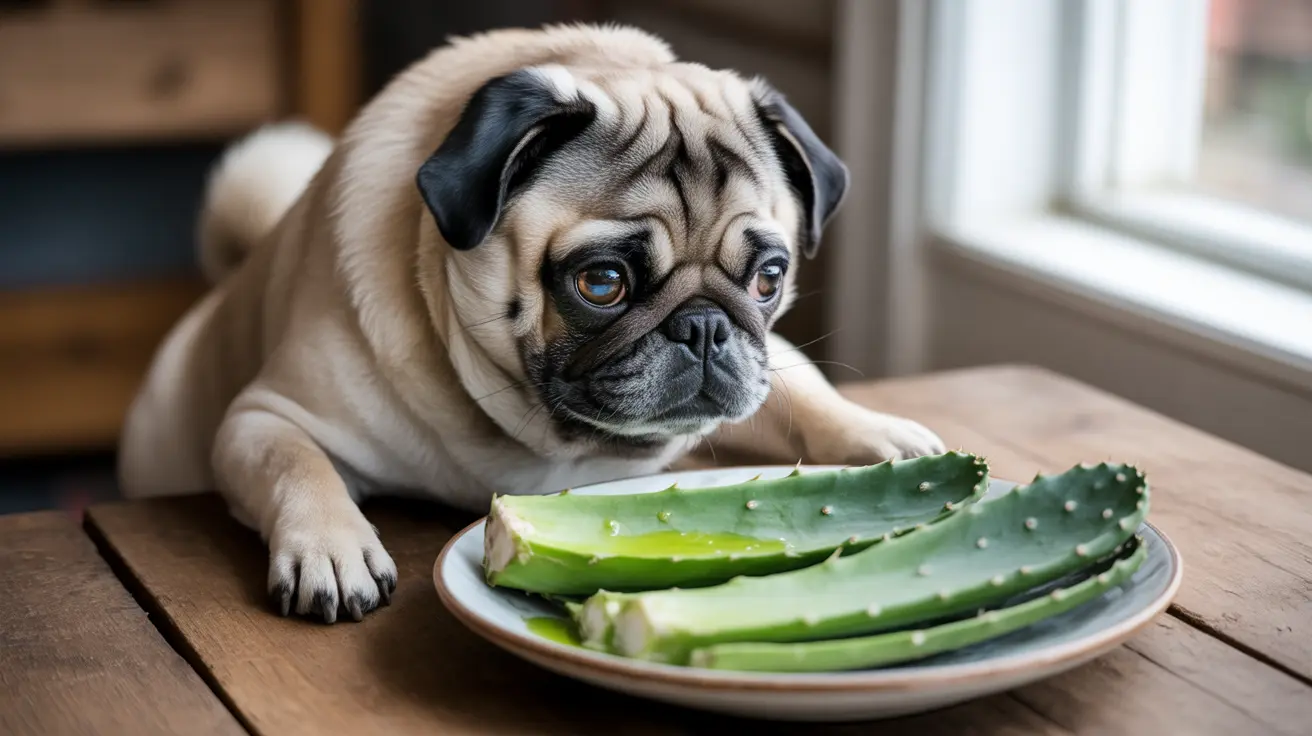Understanding Nopales and Their Nutritional Value
Nopales are the edible pads of the prickly pear cactus, packed with vitamins A and C, potassium, and fiber. While these nutrients can benefit dogs in theory, the risks often outweigh the potential advantages when it comes to canine consumption.
Potential Benefits of Nopales for Dogs
When properly prepared and served in moderation, nopales may offer some nutritional benefits to healthy dogs:
- Dietary fiber for digestive health
- Antioxidants for cellular health
- Vitamins and minerals for overall wellness
- Low-calorie content for weight management
Safety Concerns and Risks
Preparation Hazards
Raw nopales present several immediate dangers to dogs:
- Sharp spines that can cause oral and internal injuries
- Higher concentrations of oxalic acid
- Increased risk of digestive upset
- Potential choking hazards
Health Risks
Even properly prepared nopales can pose health risks to certain dogs:
- Calcium oxalate crystals that may cause kidney problems
- Digestive issues including vomiting and diarrhea
- Potential allergic reactions
- Increased risk of bladder stones in susceptible breeds
How to Safely Prepare Nopales for Dogs
If you decide to offer nopales to your dog, follow these essential steps:
- Remove all spines and glochids completely
- Cook thoroughly to reduce oxalic acid content
- Serve in very small portions
- Monitor your dog for any adverse reactions
When to Avoid Feeding Nopales
Certain dogs should never be given nopales, including:
- Breeds prone to bladder stones (Bichon Frises, Yorkshire Terriers, etc.)
- Dogs with existing kidney or urinary tract issues
- Pets with sensitive digestive systems
- Dogs with known plant allergies
Safer Alternatives to Nopales
Instead of nopales, consider these dog-safe vegetables that offer similar nutrients:
- Green beans
- Carrots
- Sweet potatoes
- Broccoli
- Spinach (in moderation)
Frequently Asked Questions
Can dogs safely eat nopales, and how should they be prepared before feeding?
Dogs can eat small amounts of thoroughly cooked nopales with all spines removed. Never serve raw nopales, and always start with tiny portions to test for tolerance.
What are the potential health risks for dogs eating nopales or prickly pear cactus?
The main risks include digestive upset, calcium oxalate crystal formation, potential kidney issues, and injuries from spines if not properly prepared. Some dogs may also experience allergic reactions.
Which dog breeds should avoid eating nopales due to bladder stone risks?
Breeds particularly susceptible to bladder stones should avoid nopales, including Bichon Frises, Lhasa Apsos, Miniature Schnauzers, Shih Tzus, and Yorkshire Terriers.
What symptoms indicate my dog might be having a bad reaction to eating nopales?
Watch for excessive drooling, vomiting, diarrhea, pawing at the mouth, lethargy, or signs of pain. If you notice any of these symptoms, contact your veterinarian immediately.
Are there safer vegetable alternatives to nopales that provide similar nutrients for dogs?
Yes, safer alternatives include green beans, carrots, sweet potatoes, and broccoli. These vegetables provide similar nutrients without the risks associated with nopales.
Conclusion
While nopales can technically be safe for some dogs in small, properly prepared amounts, the risks generally outweigh the benefits. It's usually better to stick with well-established, dog-safe vegetables that provide similar nutritional benefits without the potential complications.
Always consult with your veterinarian before introducing any new food to your dog's diet, and remember that a complete and balanced commercial dog food should make up the majority of your pet's nutrition.






